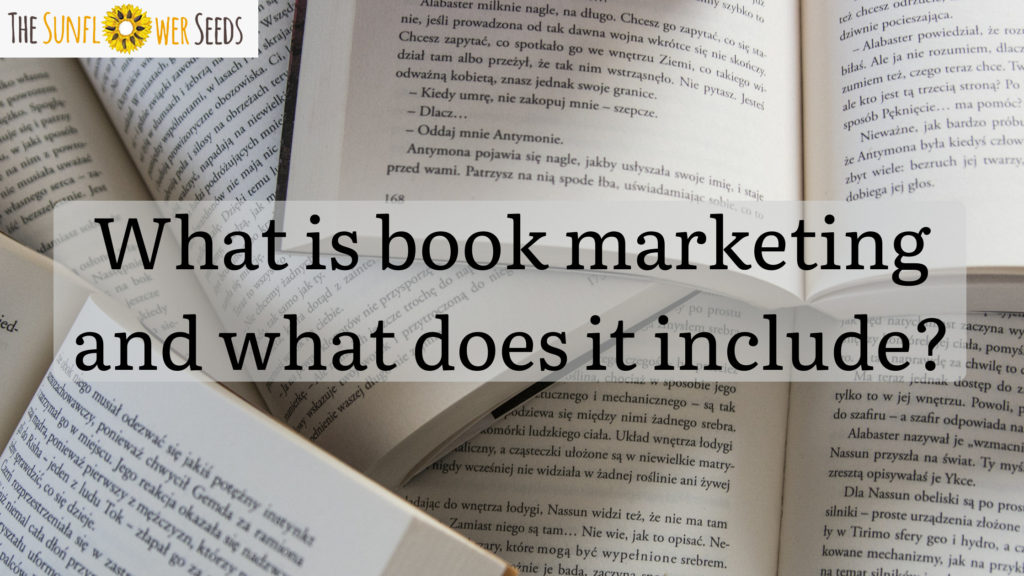
1.Building a Social Media Strategy for Authors
1.1 The Role of Social Media in Book Promotion
Social media has become an essential tool for authors looking to promote their work. It offers a platform to increase visibility and connect with readers in ways that traditional marketing methods cannot.
Increasing Visibility: By consistently posting cover designs, narrative excerpts, and publishing updates, authors can effectively increase visibility and connect with a wider audience.
Reader Engagement: Interacting with readers through comments and direct messages cultivates a sense of community and strengthens reader-author relationships.
Building a Community: Social media allows you to create a space where readers can gather, share their thoughts, and discuss your work. This community can become a loyal fan base that supports your future projects.
1.2 Identifying Your Target Audience for an Effective Author Strategy
Understanding who your readers are is crucial for effective social media marketing.
Defining Your Readers: Consider the genre you write in and the demographics of your audience. Are they young adults, parents, or professionals? Knowing this helps tailor your content.
Understanding Preferences: Research what your audience enjoys. Do they prefer humor, inspiration, or deep discussions? This insight will guide your content creation.
Tailoring Content: Once you know your audience, you can create posts that resonate with them, whether it’s sharing writing tips, personal stories, or book recommendations.
1.3 Setting Clear Goals for Your Social Media Presence
Establishing clear goals will help you stay focused and measure your success.
What Do You Want to Achieve?: Whether it’s increasing book sales, building a mailing list, or enhancing reader engagement, having specific goals will guide your strategy.
Measuring Success: Use analytics tools to track metrics like engagement rates, follower growth, and website traffic. This data will help you understand what’s working and what isn’t.
Adjusting Goals: Be flexible. If a particular strategy isn’t yielding results, don’t hesitate to adjust your goals based on performance and feedback.
2. Choosing the Right Platforms in Your Social Media Strategy for Authors
2.1 Overview of Popular Social Media Platforms
Different platforms serve different purposes, and understanding their unique features is key.
Facebook: Great for building communities and sharing longer posts. It allows for event creation and group discussions.
Twitter: Ideal for quick updates and engaging in conversations. It’s a platform where you can connect with readers and other authors in real-time.
Instagram: A visual platform perfect for sharing images of your book covers, writing process, and personal moments. Stories and reels can also engage your audience creatively.
2.2 Creating a Platform-Specific Social Media Strategy for Authors
Each platform demands a customized strategy to optimize engagement.
Tailoring Content: Content effective on one platform may not resonate on another. Leverage visuals and stories on Instagram, while prioritizing brevity and real-time interaction on Twitter.
Posting Frequency and Timing: Identify optimal posting times for each platform through research. Maintain consistency, but always prioritize content quality over volume.
Engaging with Followers: Every platform follows its own norms. Engage thoughtfully by responding to comments, joining relevant conversations, and expressing genuine appreciation for your audience.
2.3 Integrating Your Social Media with Your Website and Blog
Your website and blog should complement your social media efforts.
Linking Social Media: Ensure your social media profiles are linked to your author website. This makes it easy for readers to find you across platforms.
Using Your Blog: Share blog posts on social media to drive traffic. This can also provide more in-depth content for your audience.
Cross-Promoting Content: Share snippets from your blog on social media, encouraging followers to visit your site for the full article.
3. Content Planning in Your Social Media Strategy for Authors
3.1 Types of Content to Share
Diverse content keeps your audience engaged and interested.
Promotional Content: Share updates about your book releases, signings, and events. However, balance this with engaging content to avoid coming off as overly promotional.
Behind-the-Scenes Insights: Readers love to see the process behind your writing. Share your writing space, drafts, or even struggles you face as an author.
Reader Reviews and Testimonials: Highlight positive feedback from readers. This not only builds credibility but also encourages others to read your work.
3.2 Developing a Content Calendar
Planning your content in advance helps streamline efforts and maintain consistency.
Planning Posts: Develop a weekly or monthly content calendar specifying what to publish and when, ensuring a consistent and organized posting schedule.
Balancing Content: Mix promotional posts with engaging content. For example, if you post about a book release, follow it up with a personal story or a reader’s review.
Tools for Scheduling: Use tools like Buffer or Hootsuite to schedule your posts in advance, allowing you to focus on writing.
4. Building and Engaging Your Audience
4.1 Strategies for Growing Your Follower Base
Attracting new followers requires a proactive approach.
Attracting New Followers: Use hashtags relevant to your genre, participate in discussions, and share content that resonates with your target audience.
Collaborating with Others: Partner with fellow authors or influencers for joint promotions or guest posts. This can introduce you to their audience.
Running Contests and Giveaways: Encourage engagement by hosting contests. This can be as simple as a book giveaway in exchange for follows or shares.
4.2 Fostering Community and Interaction
Building a community around your work is essential for long-term success.
Encouraging Discussions: Pose open-ended questions in your posts to initiate dialogue and encourage readers to share their perspectives and experiences.
Responding Promptly: Consistently replying to comments and messages demonstrates that you appreciate and value your audience’s engagement.
Creating Polls and Questions: Use polls to engage your audience and gather feedback on what they’d like to see more of.
4.3 Analyzing Engagement and Adjusting Strategies
Regularly reviewing your performance can help refine your approach.
Using Analytics Tools: Platforms like Facebook and Instagram offer insights into your engagement metrics. Use these to understand what content performs best.
Conclusion: Grow Authentically with The Sunflower Seeds
At The Sunflower Seeds, we believe in growing your author presence with authenticity, creativity, and heart. Social media is more than just a tool—it’s a canvas to paint your unique story, share your voice, and build meaningful connections with readers across the world. Whether you’re just starting out or looking to refine your strategy, our team is here to help you bloom with purpose.
Ready to take your author brand to the next level? Let’s grow together





